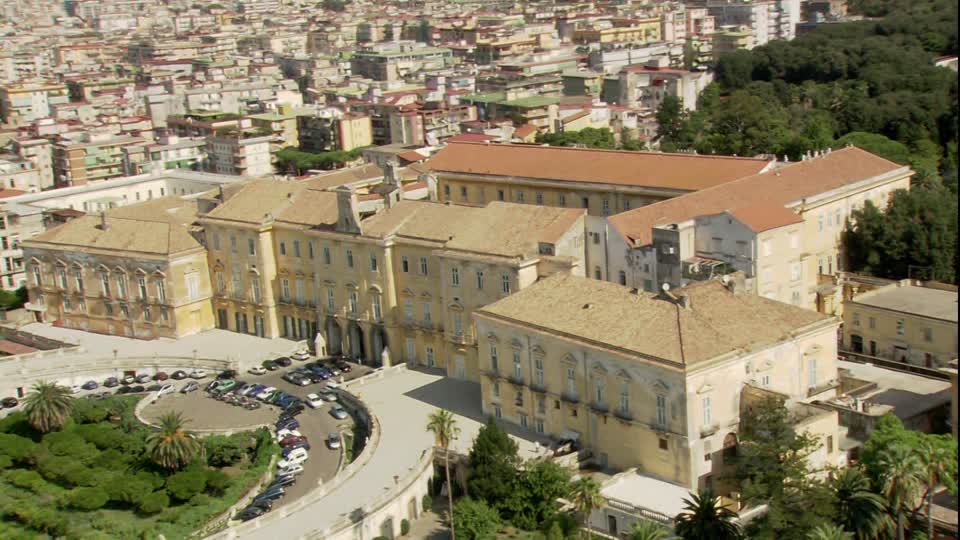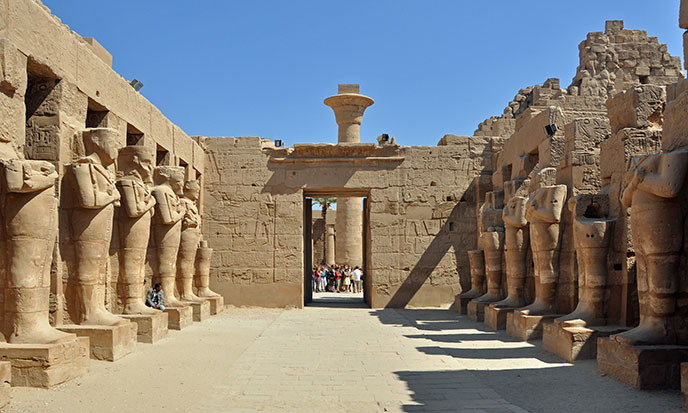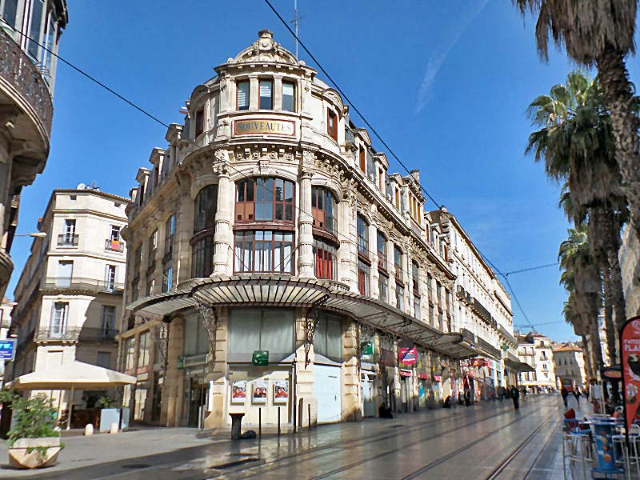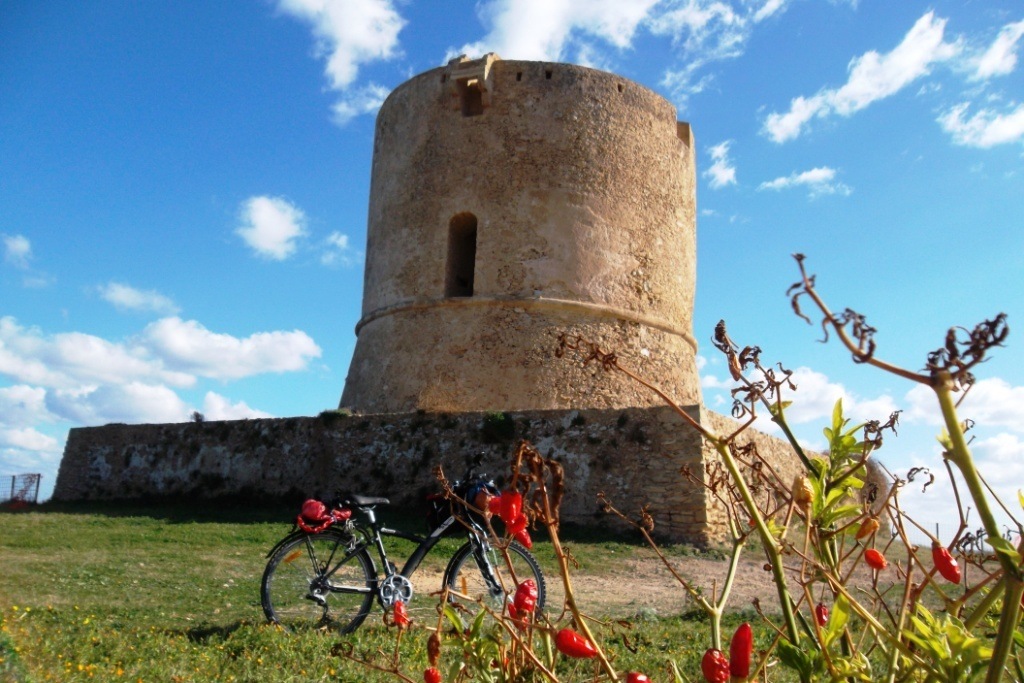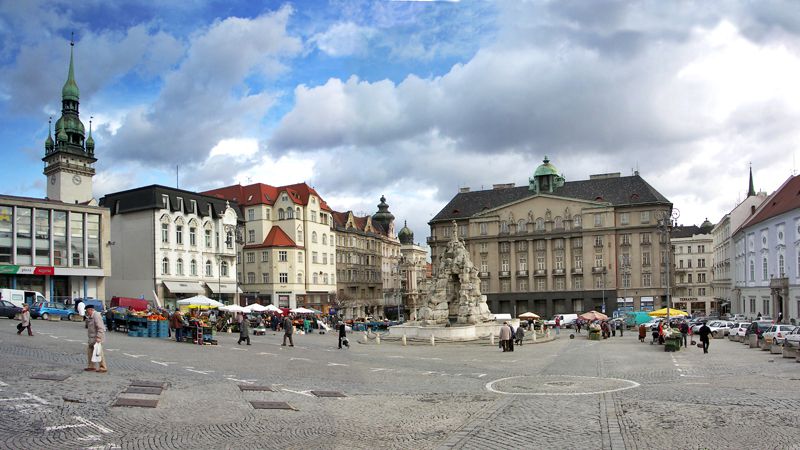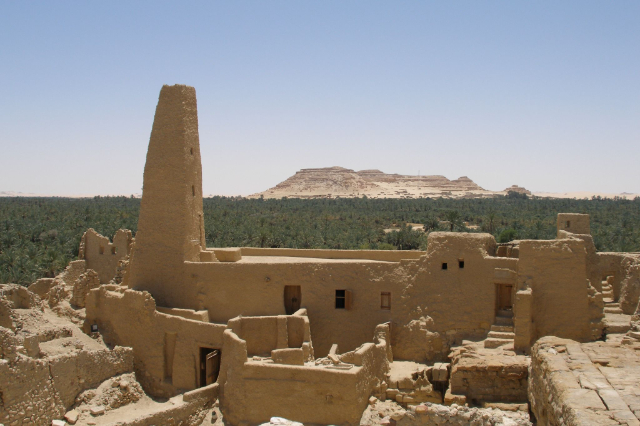Located on the slopes of Vesuvius, it has an upper forest, originally dedicated to hunting, and a more ornamental one downstream, extending to the sea.
The palace was built in 1738 at the behest of the King of Naples, Charles of Bourbon, and his wife, Amalia of Saxony, who was fascinated by the landscapes of the South. Engineers, architects and decorators worked on its construction, from Giovanni Antonio Medrano to Antonio Canevari, from Luigi Vanvitelli to Ferdinando Fuga; for the decoration of the interiors worked, Giuseppe Canart, Giuseppe Bonito and Vincenzo Re, for the park and gardens Francesco Geri.
The site of Portici, chosen by King Charles for landscape reasons and resources suitable for hunting, proved to be deeply steeped in buried memories: with each excavation of the earth, necessary for the construction of the new buildings, some marvel of the past re-emerged to light. The finds, from the buried cities of Herculaneum and Pompeii, proved to be rich and numerous and were arranged in the rooms of the Palace. Soon the artifacts formed one of the most famous collections in the world and gave rise to the Herculanense Museum, inaugurated in 1758 and a favorite destination of the Grand Tour. To access the Reggia from the sea, the Granatello harbor was built in 1773.
In the early 19th century the archaeological collections were transferred to Naples and formed the nucleus of the present National Archaeological Museum.
During the French Decade (1806-1815) the palace underwent renovations to the decorative apparatus with the transformation of some rooms on the main floor. The ruler, Joachim Murat, had them furnished with new furniture according to the taste of the French Empire.
On October 3, 1839, a railway line, the first in Europe, was inaugurated, connecting the Reggia with Naples.
With the birth of the Unitary State, the Palace of Portici and the Royal Park were assigned by the State Property Office to the Province of Naples for the Royal High School of Agriculture, established in 1872, at the same time a Botanical Garden was founded in the Reggia’s soprano garden.
The School, in 1935, became the Faculty of Agriculture of the University of Naples Federico II.
With the School of Agriculture, the Palace of Portici changed function, while retaining its soul as a place to collect collections, in this historical phase, of a scientific nature, botanical and mineralogical materials, entomological and agricultural machines, scientific laboratory instruments and anatomo-zootechnical were accumulated.
The Royal Site of Portici, a museum center, a place of accumulation of art memories, historical-scientific memories and landscape memories is still a place of contrasts in which the archaeological soul and the scientific soul coexist.
The Park, upstream and downstream of the Palace, still has a conspicuous extension, and preserves spaces of Mediterranean flora, "Italian-style" garden, cultivated crops, nurseries of valuable species of great interest to scholars. With its landscape glimpses, it represents a fascinating immersion in nature for the visitor.
